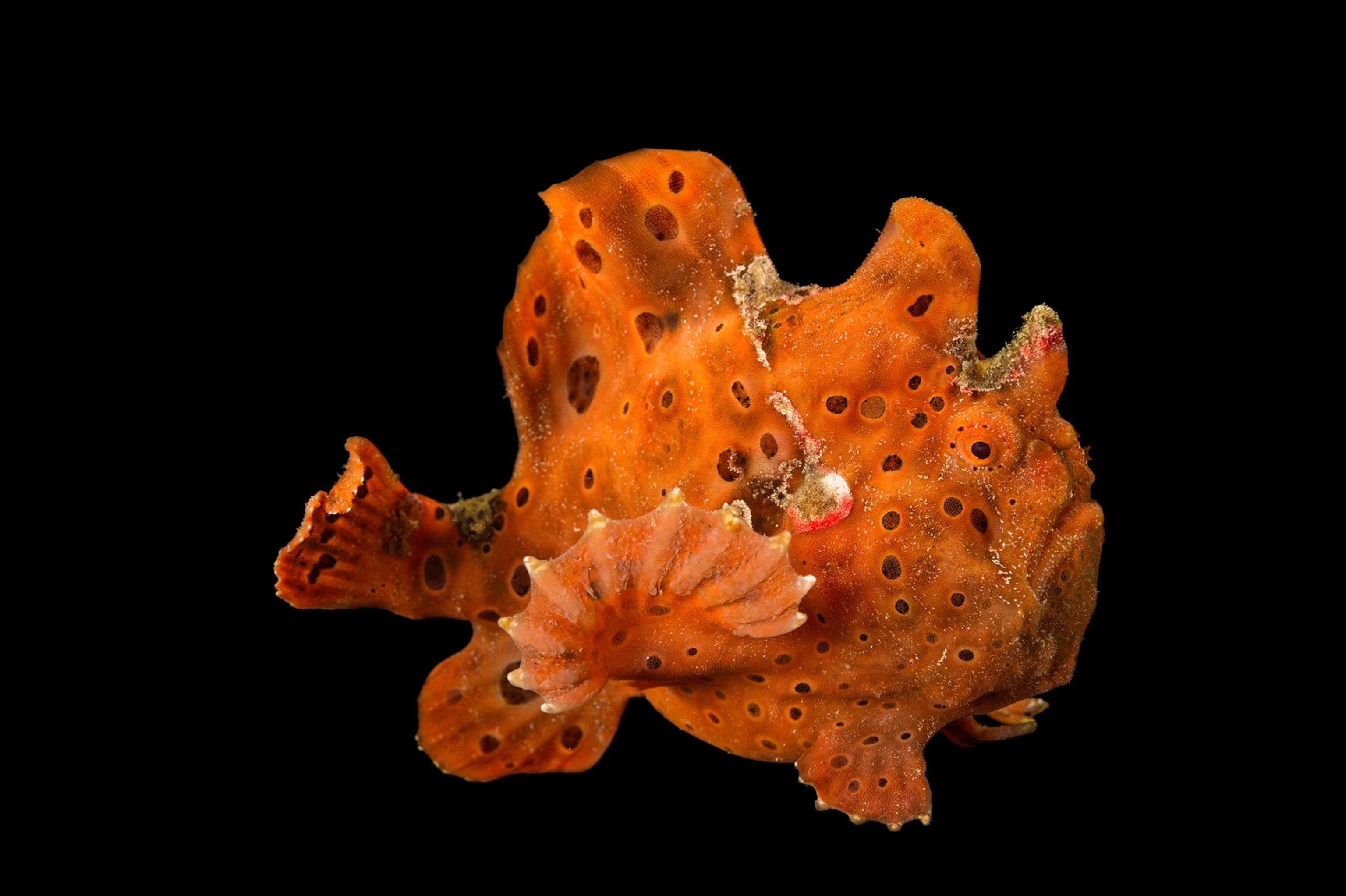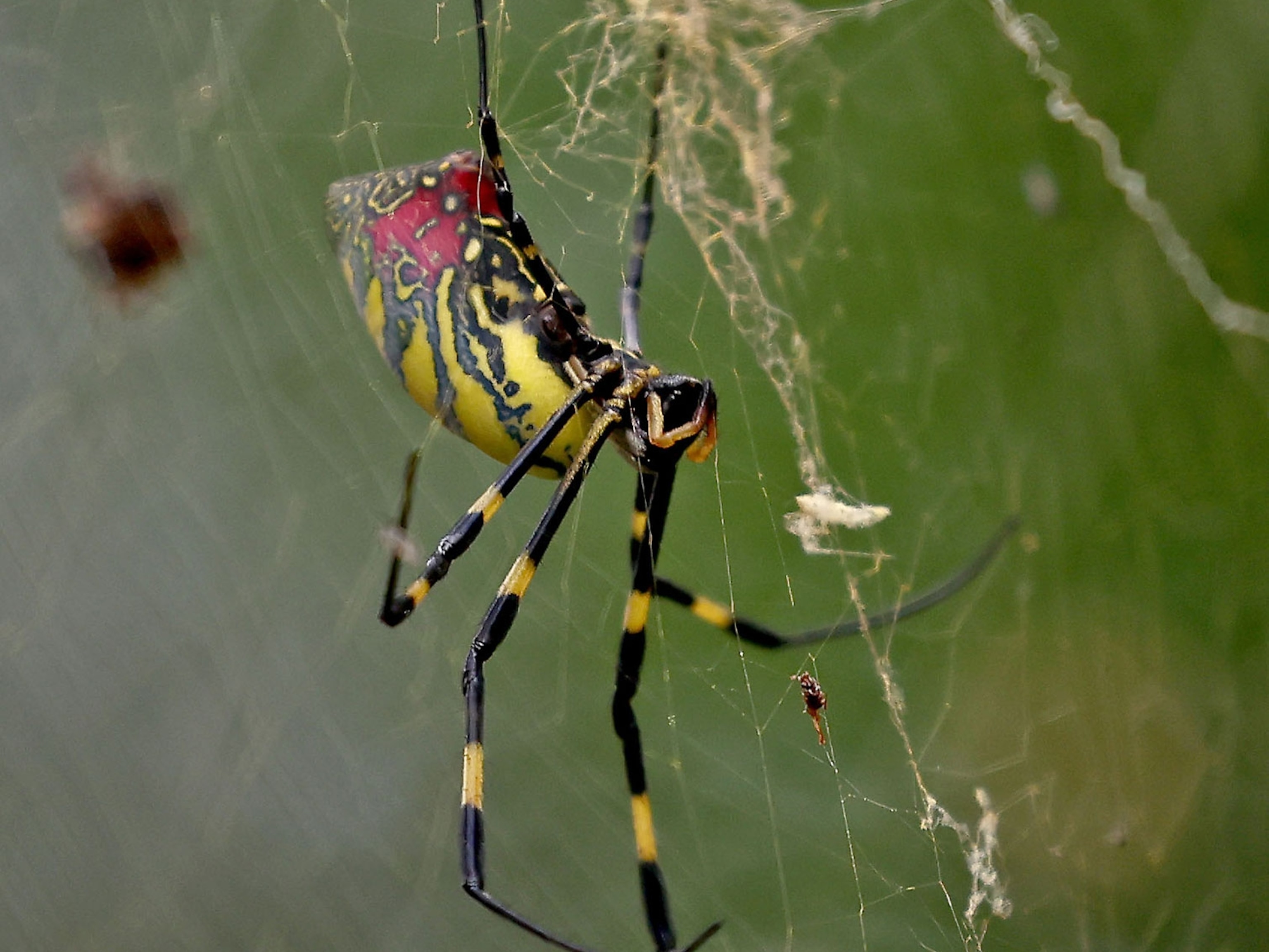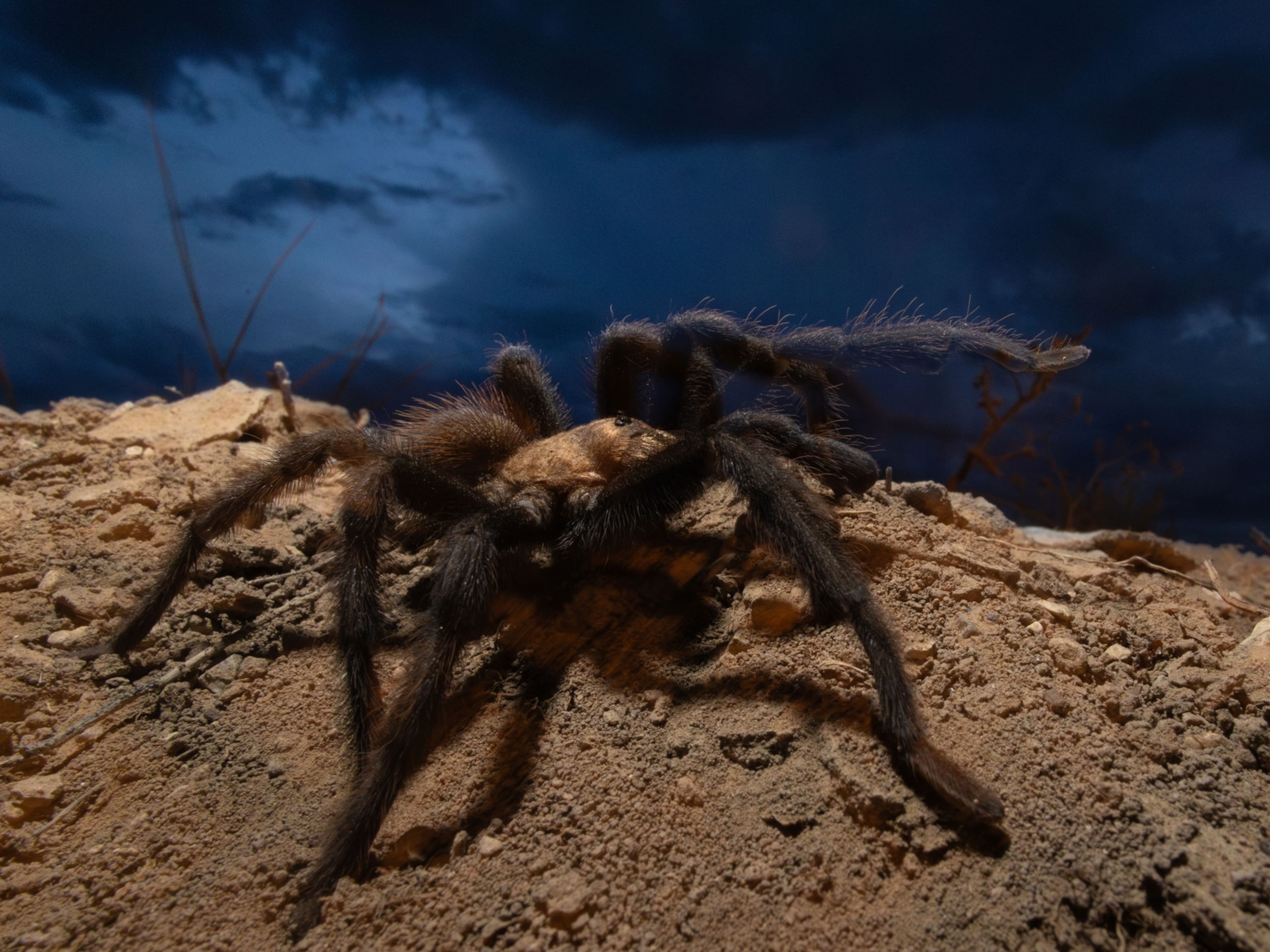
How Snakes, Spiders, and Other Predators Fool Their Prey
When animals in the wild get duped, it could be deadly.
These days, misinformation is a term that’s wildly thrown around. But in the actual wild, misleading communication techniques are means to meals for many species.
“It’s a form of deception that we call aggressive mimicry,” says Fiona Cross, a zoologist at the University of Canterbury in Christchurch, New Zealand.
In other words, an animal pretends to be another animal to dupe and lure prey close enough for chomping. (Find the animal mimics in this National Geographic interactive.)
“The animal sends out a signal that is beneficial to the sender but disadvantageous to the receiver,” explains Cross, a former psychologist who's fascinated with the way hunters “play mind games with prey.”
Take the South African puff adder Bitis arietans, which mimics an insect's movements by wagging its tongue slowly and deliberately to attract nearby amphibians. Scientists only recently discovered the behavior, the first time it's been recorded in terrestrial snakes. (Other animals, such as snapping turtles, aquatic birds such as egrets, and aquatic snakes, sport tongue lures.)
Anything goes in the wild—it's con or be conned and eat or be eaten.
Sneaky Spiders
Found in Australia, Asia and Africa, spiders in the Portia genus have to be especially tricky, because they hunt other spiders.
One technique Portias use is plucking the silk strands of a spider web to pretend to be prey snagged in a web. When the hungry web owner comes to investigate, the mimicking Portia spider attacks. (Also see "Jumping Spiders Can Think Ahead, Plan Detours.")
The challenge is not getting eaten itself, so a Portia spider tweaks its plucking to the situation—for instance, using a calming technique when dealing with larger prey. “If the web owner is a big spider, you don’t want it charging out,” explains Cross. “Honestly, it blows my mind!”

Then there’s the Portia spider that Cross calls the femme fatale. A would-be mate—the predatory Portia—shakes a hanging leaf, attracting a female looking for love. Instead of hooking up, the deceived spider is the main course for a deadly dinner date. (Related: "Bondage, Cannibalism, and Castration—Spiders' Wild Sex Lives.")
Hungry Frogfish
Members of the anglerfish family, frogfish tend to stay put and blend into their shallow water habitats. To hunt, a frogfish wiggles an appendage near its mouth that mimics tiny sea critters such as worms and shrimp, tasty tidbits for unsuspecting fish. (Also see "Fish Mimics Mimic Octopus That Mimics Fish.")
“Frogfish are voracious ambush predators, and they eat pretty much anything that comes by and fits into their mouths,” says Maarten De Brauwer, a marine biologist at Curtin University in Perth, Australia.
On a recent night dive in Dauin, Philippines, De Brauwer and a colleague noticed frogfish lures that looked like fluorescent orange worms swimming nearby (watch video). The team, which published the encounter in the journal Coral Reefs, believes the orange lure may mimic the glowing worms as a bait-and-switch hunting tactic. (See more beautiful pictures of undersea camouflage.)
Clever Cichlids
It usually takes three animals for misinformation to be communicated—the mimic, its model, and the target that receives the information.
But a 2015 study in Biology Letters describes a species of cichlid in East Africa's Lake Tanganyika that casts a much wider net.
The striped P. straeleni cichlid looks a lot like two other cichlid species in the lake. It was previously thought that this resemblance allowed P. straeleni to sidle up and eat its look-alikes. But this study found that P. straeleni actually preys on many different species of fish—and not those it impersonates. (Read about a cichlid that plays dead to attract scavenging prey.)
Exactly how the dupe gives P. straeleni an advantage is still to be discovered, but it seems this imitator can disappear in a crowd.
Follow Karen de Seve on Twitter.





